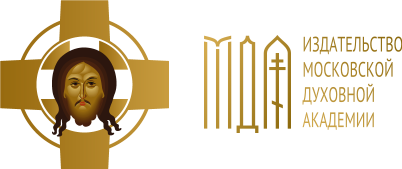“The Nattation of the Miracles of Archangel Michael” by Pantoleon Deacon as the cultural point of the shapoing of the cult of Archangel Michael in Byzantium
DOI:
https://doi.org/10.31802/2658-5111-2019-1-12-26Keywords:
Архангел Михаил, византийская агиография, аспект почитания, Ангел Господень, Пантолеон Диакон, традиция, формированиеAbstract
The main purpose of the paper is to trace the history of the identification of the Angel of the Lord with the Archangel Michael and to identify the main stage in the formation of the cult of the Archangel. By comparing the text of Holy Scripture, apocrypha and Byzantine hagiographic texts, a clear picture of the influence of the apocryphal tradition on the Byzantine cult of Michael the Archangel is revealed. In the Old Testament, Michael is mentioned by name only three times — in the book of Prophet Daniel; in the New Testament — only twice in the Revelation of John the Divine and in Epistle of Jude. However, in the Bible there are numerous references to the nameless Angel of the Lord. For the first time Origen identified Prince Michael from the book of the Prophet Daniel with the archangel Michael, which was accepted by the following tradition. In the apocrypha, however, the worship of Michael is not always endowed with those aspects that will appear later. Perhaps the fact that the worship of Michael has absorbed the functions of other archangels relates to the popular hagiographic tradition devoted to the archestrategos. The first text of this tradition, which became widespread in Byzantium, was the “Miracle in the Chonae”(8th century). But the most exhaustively tradition of worship the archangel is reflected in the “Narration” of Pantoleon the Deacon (9th century). The text demonstrates the final consolidation of the identification of the nameless Angel of the Lord from the Old and New Testaments with Michael and provides the most complete exposition of the aspects of veneration of the archangel in Byzantium.
Downloads
Downloads
Published
How to Cite
Issue
Section
Categories
License
Copyright (c) 2021 Church Art and Archaeology Review

This work is licensed under a Creative Commons Attribution-ShareAlike 4.0 International License.



